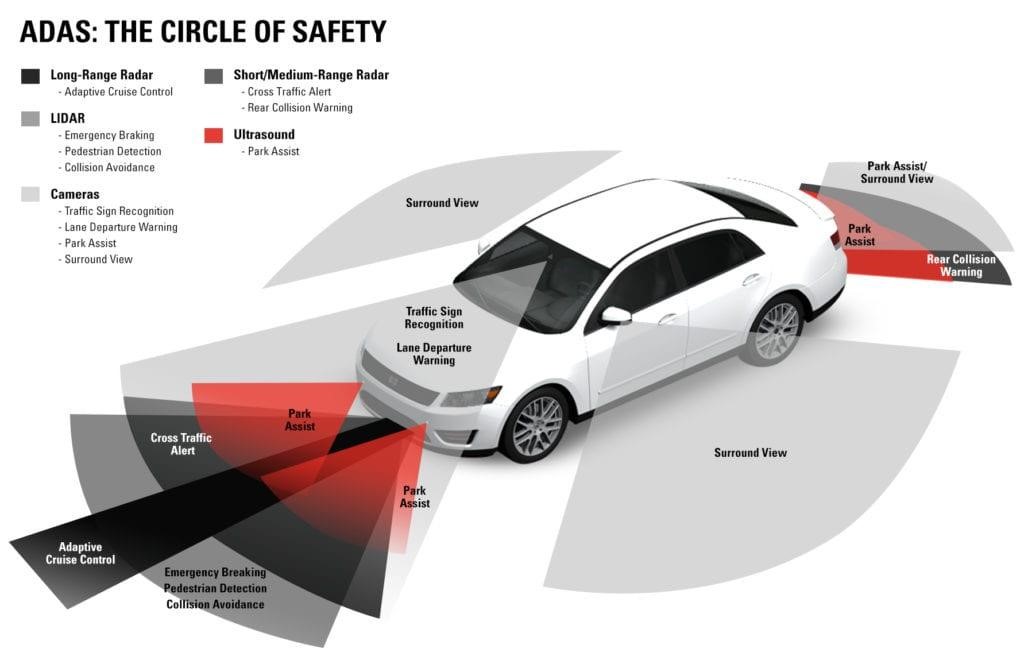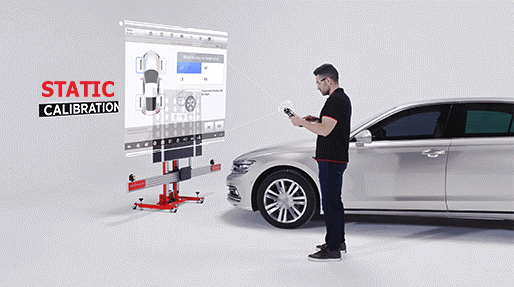ADAS – Advanced Driver Assistance System
Advanced driver assistance systems is a collection of many systems that is embedded with safety functions designed to improve driver, passenger and pedestrian safety by reducing both the severity and the overall number of motor vehicle accidents.

ADAS includes a host of features – Automatic emergency braking, pedestrian detection, surround view, parking assist, driver drowsiness detection – are among many ADAS applications that assist drivers to reduce car accidents & save lives.
ADAS Sensors:ADAS & autonomous driving functions,feed a continuous stream of information about the environment surrounding the vehicle, and its the sensor”s/radar’s job to provide this information flow. ADAS sensors/ radars are located diversely in the panels & parts of the cars and are quite sensitive to the external environment. Usually, they are housed in bumpers, windshields, tires, and side-view mirrors, all places that can easily get hit during collisions.
ADAS Calibration
ADAS Calibration can be
- Dynamic: On the highway or
- Static: At a workshop environment
ADAS calibration involves aligning these sensing devices in your car so that they function properly.
According to car manufacturers, it is mandatory to recalibrate your ADAS during the following scenarios,
- Windshield replacement
- Collision
- Replacement change in tires or ride height
- ADAS lights are on or flashing

ADAS goes directly to the most important aspect of travel: human safety. Since more than 90% of road accidents, injuries and fatalities are due to human error, every advancement in ADAS has a clear and absolute effect on preventing injuries and deaths.
